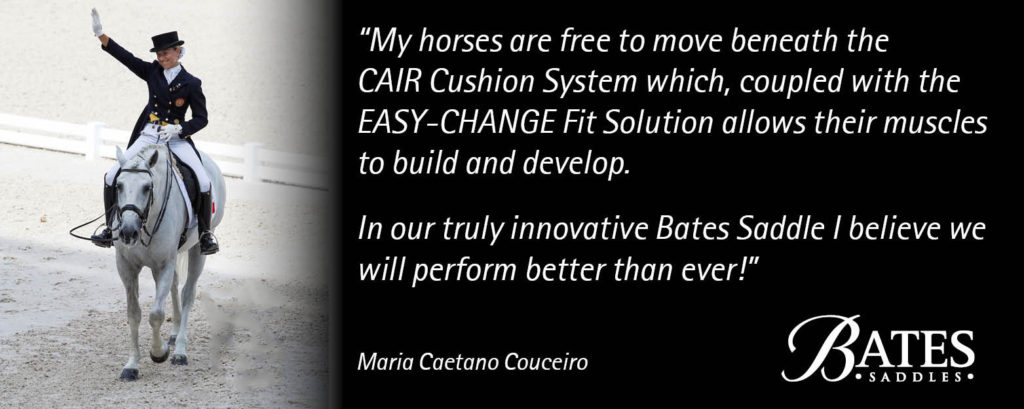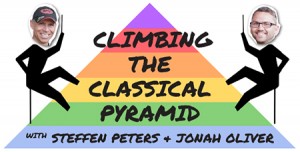The Ultimate Masterclass: Step 2
Story – Karen Hosie Pix – Tricia Osborne & Jennifer Hubbard
Welcome back to part two of this seven-part series covering the three day Ultimate Master Class with Olympic rider and trainer, Steffen Peters and sports psychologist Jonah Oliver. In this series THM are following six horse and rider combinations as they work through each of the six progressive steps of the classical dressage training pyramid.
Last issue THM profiled Emma Moore and her horse Anjarro Harlem as they worked through the first step of the pyramid – Rhythm with energy and tempo. The main take home message from this level of training is that the horse must be forward of the riders leg: light and immediately responsive to a leg aid, and that it does not then need to be supported. The horse must retain its energy and remain in a balanced tempo (cadence) for the gait until a further aid is given, this immeasurably adds to the horse rideability. Jonah discussed the difference between errors and mistakes. Errors are part of the training experience and provide opportunities to teach our horses, mistakes are when we don’t act on errors or see errors as a negative experience.
The Classical Dressage Training Pyramid
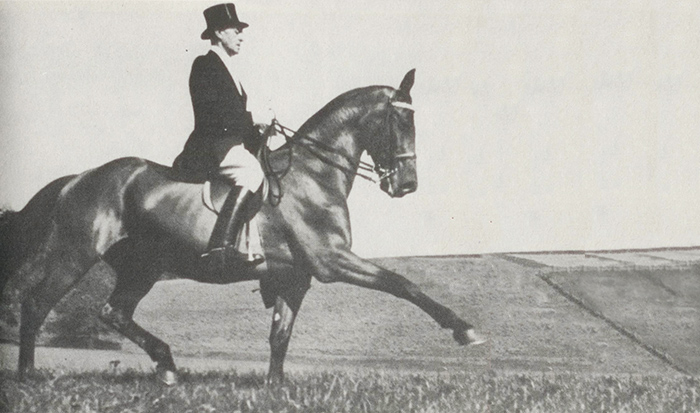
“Xenophon was the first one to claim that horses can become only more beautiful with correct training, never uglier. I would like to add to this that if the horse becomes uglier in the course of his work, it is the unmistakable proof of incorrect dressage training.”
– A. Podhajsky, 1965
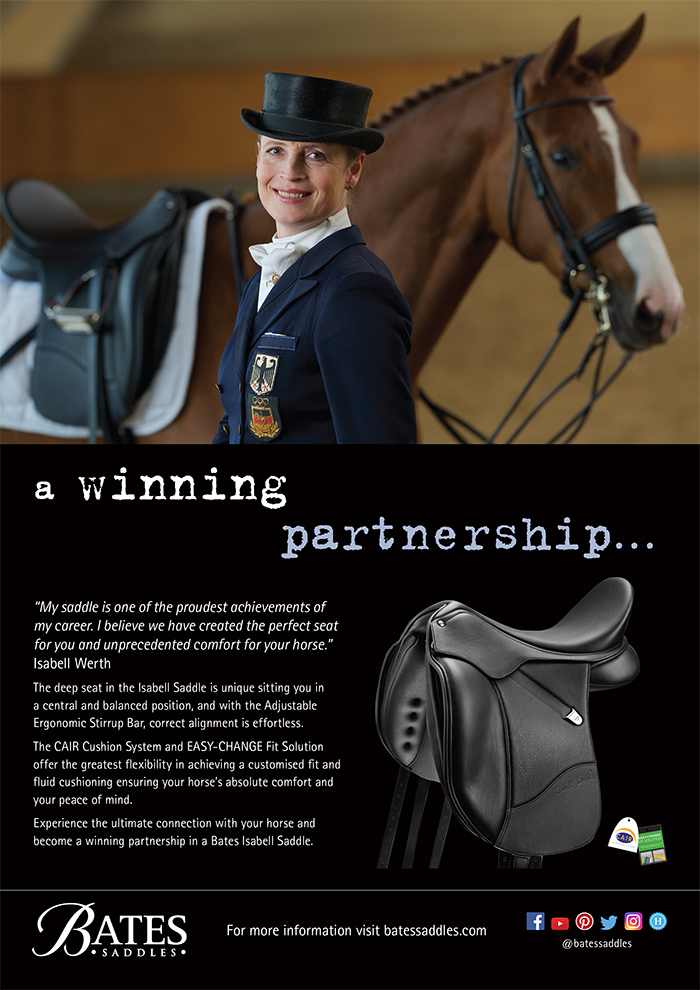
Step Two: Relaxation, Elasticity & Suppleness
Responsiveness to the aids, a swinging back, flexion and bend are the second step of the training pyramid.
So – (Losgelassenheit) Relaxation, elasticity and suppleness, sounds great but what does it actually mean and how do you put it into practice when training your horse? Relaxation is arguably one of the most important stages of the classical training pyramid. It provides the horse with both the mental and physical foundation for the levels above.
“The aim is that the horse’s muscles have tone and are free from resistance and joints are loose and do not tighten against the rider’s aids. The muscles that are really important are those over the top line from the hind legs over the quarters, loins, in front of the wither and up to the poll. The test of whether a horse is supple and working ‘through’ the back and neck is that when the rein contact is eased, as in a free walk, the horse wants to stretch forward and down and not try to hollow and lift his head”. – Reiner Klimke
Which brings us to an interesting point… If the “relaxed” horse is the ideal to which we train, how can the use of highly tense, unnaturally flexed horses, with hollow backs, blue tongues and rolling eyes, due to their extremely limited visibility, be part of dressage?
Steffen on Rollkur vs. Relaxation, Softness and Harmony
Many riders, trainers, judges, owners, and not in the least horses, are dismayed at the changing standards of modern dressage riding and its accepted training methods. The extremely controversial practices of excessively held, over-bent horses in the ugly, unnatural position of Rollkur, now named ‘hyperflexion’ as if it had some actual scientific validity by the FEI, have almost legitimised a cruel practice. This practice has divided the dressage community and prompted a burgeoning return to correct classical riding, initially laid down by the Greek equestrian Xenophon (430 – 354 BC) in “the Art of Horsemanship” and immortalised by the late, great Alois Podhajsky, Director of the Spanish Riding School of Vienna for over 25 years in his book The Complete Training of the Horse and Rider in the Principles of Classical Horsemanship.
story continues below advertisement
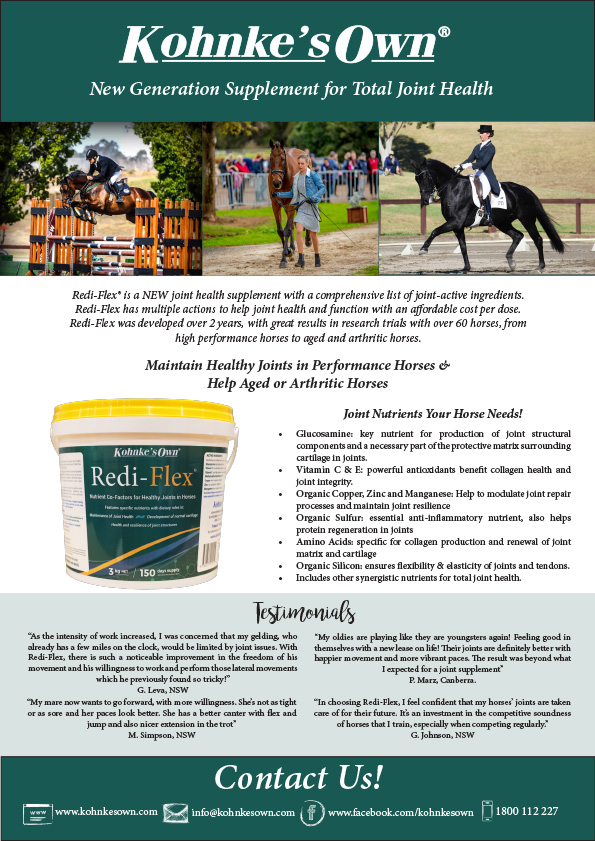
Steffen Peters –
“The gold medal at the Olympic Games this year was decided just because of this issue. Valegro had a better, softer, more harmonious connection. Parzival had a more expressive, powerful test. It was the most profound statement made in dressage!
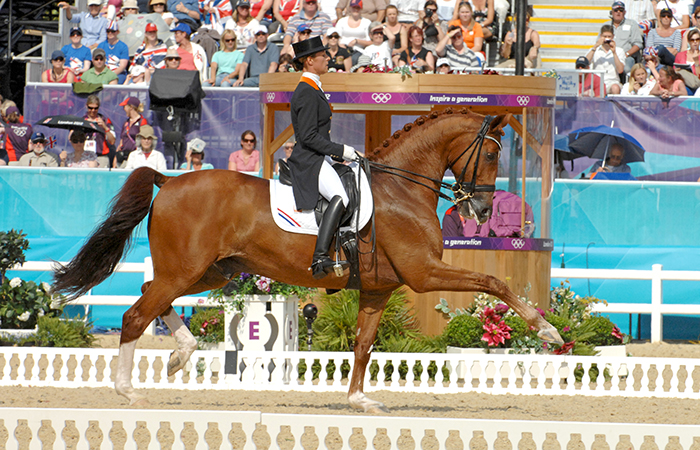
Steve Clark (president of the Olympic Judges Panel) said he went more for harmony than power. I loved it. Nobody had the guts to say it, finally they did. Dressage is on the right track. I love it!”
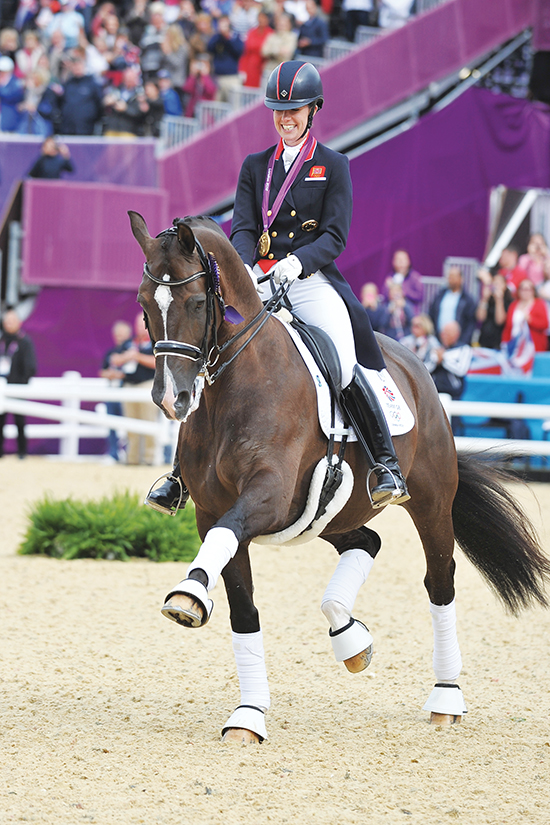
Horse and Rider No. 2, Harvey Besley riding Roger with Steffen and Jonah

The horse and rider combination representing the second level of the training pyramid was Harvey Besley, who breeds rare Brahman cattle in Rockhampton. Harvey has had the opportunity to train with Steffen in the States and is currently training with Lientje Schuler (Steffen’s assistant trainer). Leintje flies to Australia about four times a year to hold clinics and is in high demand as a coach both here and in the States.
The horse that Harvey is riding is Bloomfield Sorrento (Roger). He was bred by Bloomfield Farm in Victoria, his sire is Sirocco, an imported Oldenburg stallion. Roger is owned by Ian and Dianne Brown of Pit Ponies Ltd, Rockhampton. Harvey broke him in as a three-year-old. Now rising six, Harvey has begun exposing Roger to competition having shown successfully in young horse eventer and dressage classes. Roger, according to Harvey, is a sensitive soul who doesn’t appreciate change.
Harvey cut his teeth eventing, yet he has become increasing more enamoured with dressage and is seriously considering focusing exclusively on this discipline. Harvey had this to say before the Master Class:
“I have worked with Steffen before and I’m probably most excited about getting his feedback and getting coached by him, this time on my own horse, as I think that will give me the tools to keep progressing at this sport. I haven’t yet worked with Jonah but I believe that sports psychology is a part of the equestrian sport that seems to be neglected. Not only do we have our own nerves and issues to deal with, we have the horse’s as well. For me as a reasonably confident competitor I want to know how I can improve my performance in the competition arena.”
story continues below advertisement
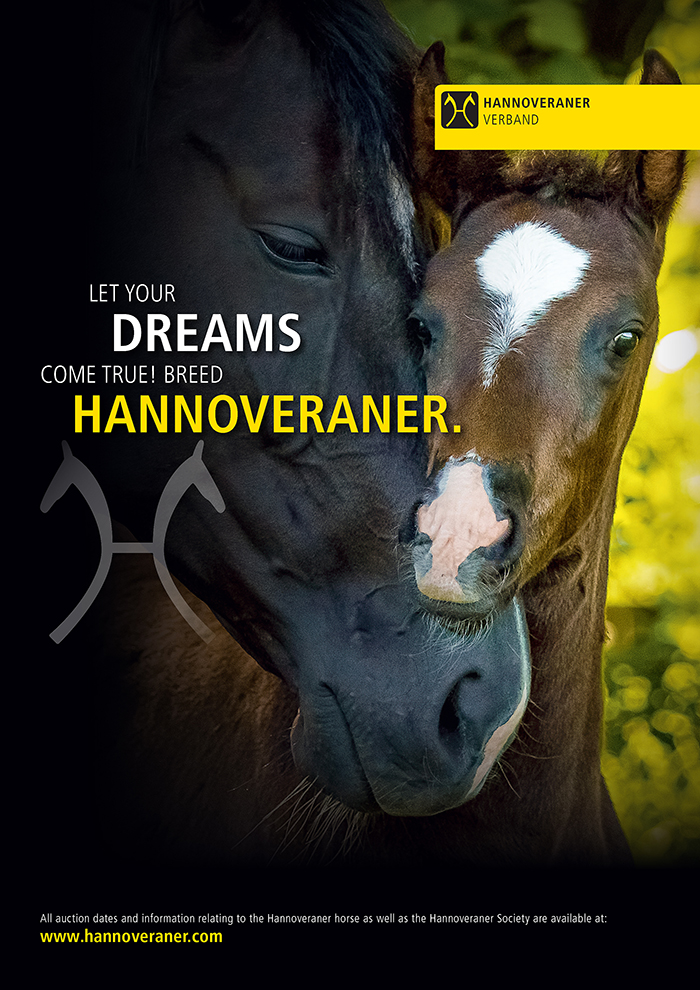
When Harvey entered the arena Steffen invited him to trot a circle left then right so he could see their way of going, then to bring him back to the walk. Harvey meanwhile explained to Steffen and the audience a little of Roger’s history and his current training expectations. Harvey was now walking Roger on the buckle… Roger was shaking his head.
Steffen: “Ok Harvey that’s good, I appreciate that you decide to give him a break, I appreciate that you want to let him stretch but let there be more respect. I did not like that when you decided to give him the bridle that he starts fussing. It’s great that he stretches, but think about the test. Eventually you need to ride an extended walk. I would focus on that. In the extended walk the horse should have his neck parallel to the ground with his head slightly on the bit in front of the vertical and I would make that walk my standard when I give my horse a break.”
Steffen on Relaxation and Stretching in the Walk

“I find it so important with each and every horse in the beginning, to find the most productive frame, the most productive neck position. I find that it is not always helpful to say that we have to go long and low; stretch and stretch and stretch. I feel that too many horses take advantage of this situation and look for the bridle too much and start resting in the hand. With the best intention of stretching the horse, the horse gets too heavy on the bit and I find this the most counterproductive issue in the sport. It so important in the beginning to find the connection where the horse can carry himself.”
“You create daily habits with your horse and it starts right there in the walk, I get so many questions, ‘how come your horses walk so well in the collected and the extended walk?’ Well that’s because I practise it. It’s that simple. I don’t just practise the collected walk and the extended walk, I practise the transitions from the extended walk to the collected walk and from the collected walk to the extended walk. We see way too many issues with our horses where they want to discuss too much with us. The plan starts and the purpose starts in the walk.”
story continues below advertisement
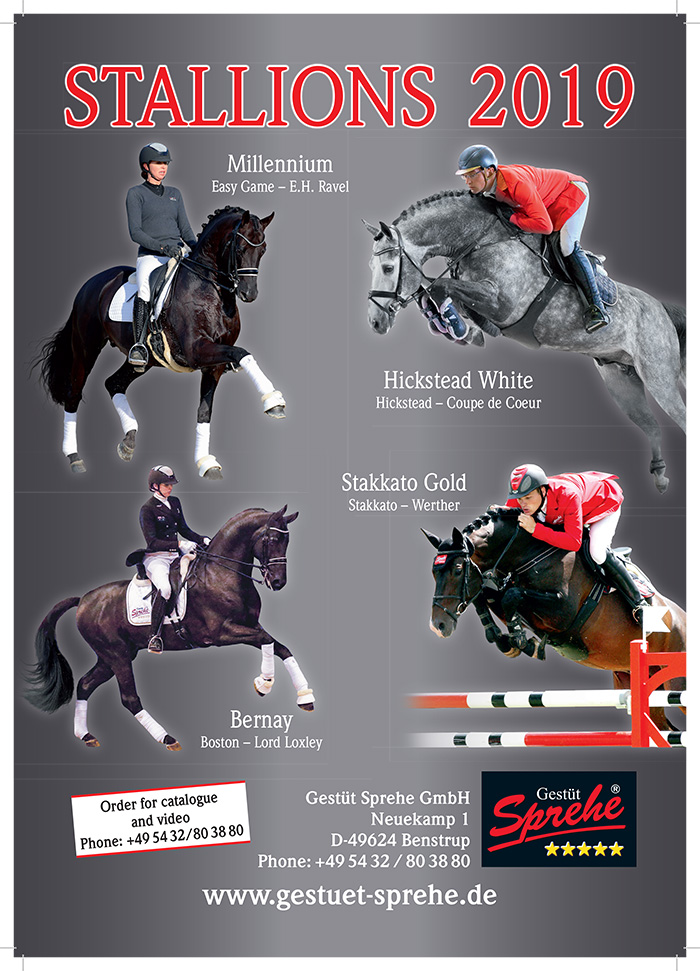
Elasticity
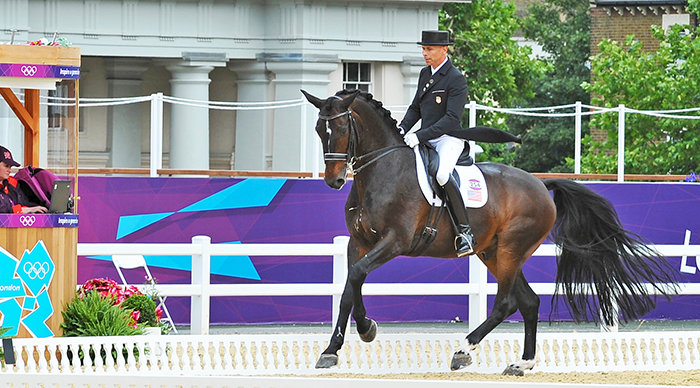
In dressage elasticity is a term used to describe the responsiveness of the horse to the rider’s aids. It is a measure of how adjustable the horse can be within the gaits, his ability to collect and extend without changing tempo. This is demonstrated at the higher levels in the extended canter, canter pirouettes and piaffe. As the horse progresses through subsequent levels of the training pyramid, he will be expected to demonstrate greater levels of elasticity.
Steffen: “Let’s now start with a little bit of canter… send him forward. That transition was through the trot. Whatever we do Harvey I would like to see that you test things. When you think about a movement test the simplicity of it. Test that you are really teaching your horse… How old is he again Harvey?”
Harvey: “Six in December.”
Steffen: “So you can expect him to go into the canter without trotting and be more elastic and responsive to your leg aid.”
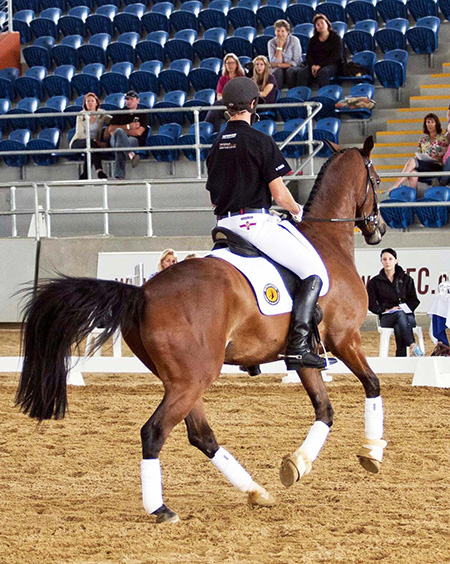
Steffen: “Good, I like the canter. Let’s do it again from the walk and remember he should not trot. Trot / canter is great, but raise your standards, when I go from walk to canter, my horse doesn’t need to trot. I look for those transitions to get a 9 as well. Many judges and riders ignore transitions. So once more walk canter Harvey…”
Harvey brings Roger nicely back to a walk.
Steffen: “The downward transition was good, control the walk… and walk canter.”
Harvey pushes Roger to pick up the canter, but he puts in a trot step.
Steffen: “If there is still a trot step in there I would push him forward. Make your point and say ‘look buddy you can canter,’ be a bit more clear about the aids, raise the expectation there. Don’t accept that this relatively simple movement is a 6, make it a 9. Ok Harvey, collect him back to the walk and then try the walk canter once more.”
story continues below advertisement
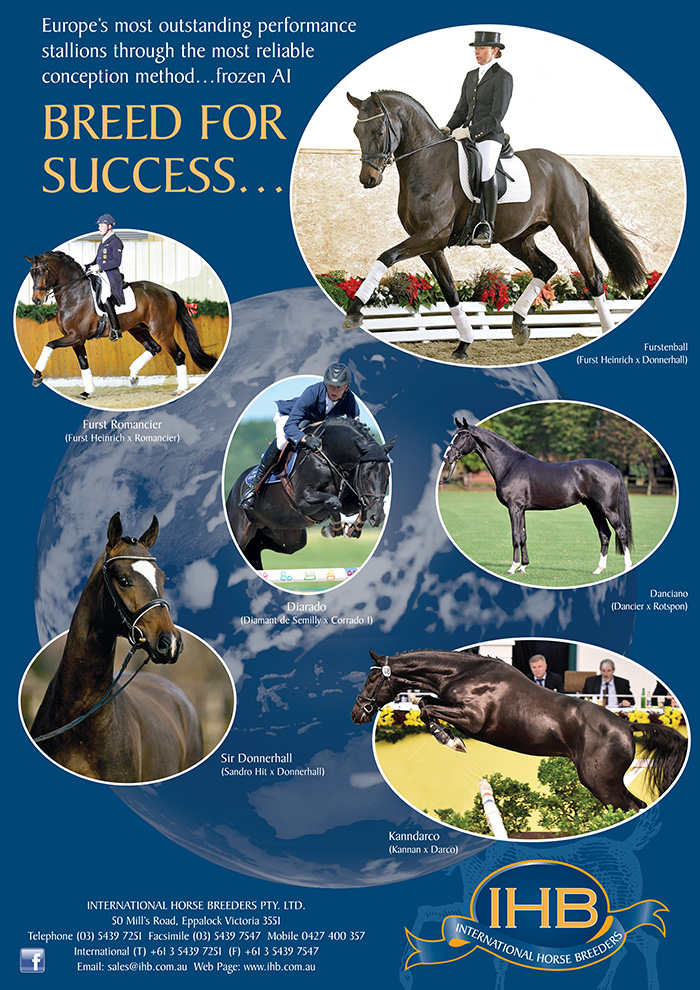
Harvey brings Roger back to the walk.
Steffen: “I like the connection, right there I think I would have ridden a halt transition. He went to the walk and is still running a little through the bridle. ‘Hello buddy could I have your attention?’ It’s the mind Harvey. You’ve got his hind legs, he was collected physically, he was doing the right thing, but mentally he was not with you enough. So again and don’t be afraid to expect those little details within his comfort zone. When you say half-halt it’s a half-halt. And when you go forward into the canter it’s a clear canter transition and if not we make our point. We push him forward, train him.”
Harvey asks Roger to pick up the canter and lo presto: walk canter, sweetly done.
Steffen: “Good Harvey, that was already a higher mark, maybe an 8. Raise your training standards. Test the simplicity of the aids, test his elasticity.”

Jonah on the Rider’s Fight or Flight Response – The Neuropsychology of Fear!
Whilst Steffen has been working on the physical improvements to rider’s performance, Jonah is unpacking rider’s mental attitudes to performance and exploring some of the issues individual riders face in handling competition nerves and looking at ways to implement key strategies to improve mental performance.
There are two types of threat that stimulate a fear response. One is a direct threat to our safety caused by external environmental factors; the other threat is psychological, an internal fear which has no direct physical threat. The first fear response is highly rational and our mechanism for dealing with it is instant physical retaliation (fight) or escape (flight). The second fear is less rational and can be overcome by conscious rational thought and process. However for many of us, performance anxiety is enough to trigger the inappropriate fight or flight response.
Harvey is a fairly bold, courageous rider who really enjoys eventing and still jumps Roger once a month simply for his own “mental well being”. He is also is a relatively cruisy kind of guy and doen’t get worked up before a competition. This fact, he subsequently found, can actively work against him, by not producing enough of a healthy fear response to consistently perform to the best of his ability.
Jonah: “What are your fears about competition?”
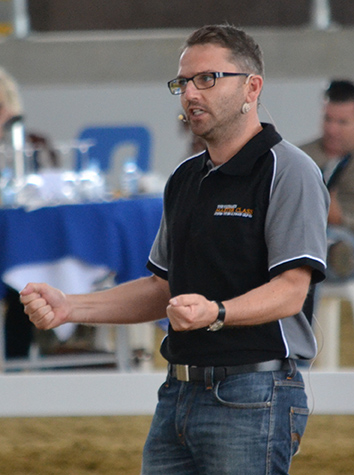
Harvey: “I don’t know really, I’m generally pretty laid back, but if he (Roger) starts to get a bit twisty in the poll during the warm-up, then I worry about whether I’ll have time to fix it before the next movement. That can make me a little tense, I grit my teeth, might give him a kick in the ribs, he gets tense and that can make it worse.”
Jonah: “So let’s talk a little about the neurophysiology of fear. I’m sure you’re all familiar with the fight and flight response. What I see with riders when they are in a state of flee, they want to run away, have jelly legs or tense legs and as a result can easily lose the effective communication with their horse through the lower body. The other response is the fight mode: you’re cornered by a lion and you start throwing chairs at it. That’s when you engage the upper body muscles; we start clenching our jaw, making fists, getting irritated with our horse we become tense in the neck and chest. So what are you Harvey?”
Harvey; “Well probably a bit of both…”
story continues below advertisement
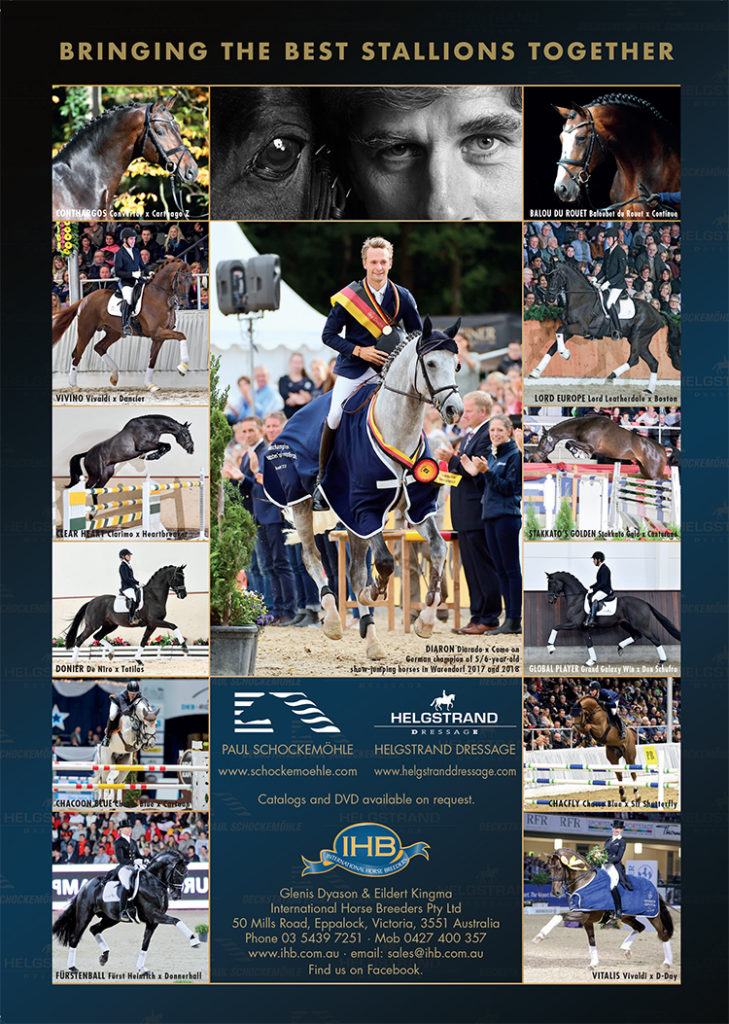
Jonah: “So as the adrenaline hits you might feel a bit nervous – flight – but then you can get irritated and quickly move into fight mode, getting a bit jerky in your movements, a bit firm.”
Harvey: “Yeah, but it depends on the competition. If I ride HC and use the test as a training ground, I probably under-ride and don’t push for the 8s, just cruise from A to B, but as soon as I get in to a competition where it really matters, then yes definitely a fight rider.”
Jonah: “It sounds to me like in training you aim for mediocrity and then when the pressure is on you really want to step it up a gear, you like being on show and really want to go for it, perhaps with a capacity to over-ride at times.”
Harvey: “Absolutely!”
Jonah: “We are getting a picture here of your personality and the challenge is how can we strip all that back and train, ride and compete with the same level of consistency. That would be my main focal point. You are someone who I would typify as a bit of a sensation seeker, you like the fun and adrenaline of eventing, but when there isn’t a lot of excitement around you can get bored with the mundane day-to-day routine, you probably concentrate on the movements which are a bit more fun.”
Harvey: “Yep.”
Jonah: “If that is your personality, then it isn’t going to change, but your approach to training and competing then needs to. I would like to see a far more even approach to the communication you have with your horse, the training standards you expect and the scores you aim for when you go to ride a test. You need to develop anchors to ensure that the consistency in your training quality is absolutely the same whether you’re on your own or competing.”
Suppleness
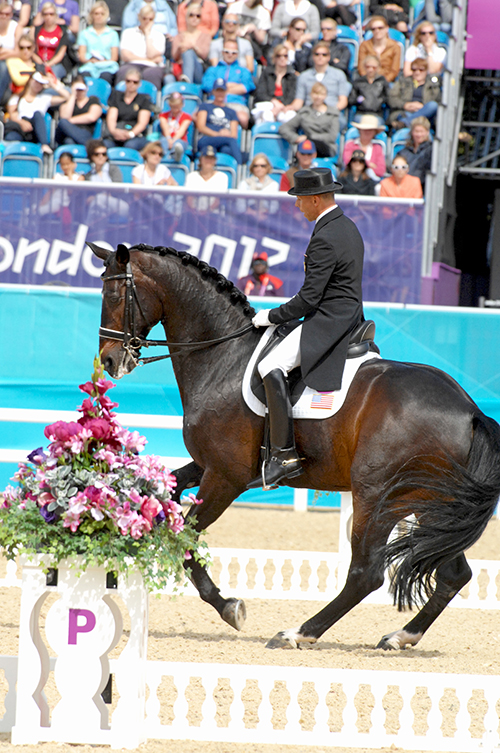
Suppleness plays an equally important role in the horse’s ability to relax and give willingly. There are two major types of suppleness all riders must be aware of developing:
Longitudinal suppleness: this measures the flexibility of the horse’s top line. The major muscle groups and the degree to which these muscles can stretch have an immediate effect on the horse’s ability to swing his back freely and reach forward into contact towards the bit. These muscle groups begin at the haunches, they then run along the buttocks and croup extending over the back and top of the neck, reaching all the way to the poll. If any combination of those muscles are stiff, through soreness or inactivity, the horse’s back and neck tends to contract, often resulting in a horse that moves with inactively engaged hind legs. He can also drop his back, raises his neck, and brace against the bit.
Lateral suppleness: this measures the flexibility of both the horse’s sides and the upper sides of his neck. It is the flexibility of those muscles that dictates the degree of bend the horse is willing and therefore able to offer. Any tension or stiffness in those areas can prevent proper bending resulting in the falling in and out (particularly shoulders) off the line of travel.
Steffen: “When I look at his canter, and we are looking at the very basic beginnings of the canter pirouette, it is really not bad what he does with his hind, he engages, but what do you think I would address the most?”
Harvey: “His suppleness.”
Steffen: “Suppleness 100%. But it so easy for me to say when we increase our horse’s collection we increase the suppleness, but that is surface training, everybody knows this. What can we do to explain to him that he needs to be a bit more supple? To me this is not just a physical issue, we can say physically your horse has to let go, physically he need to be looser but mentally he needs to understand you. So Harvey what other movement could we use in this particular case to explain to him how he needs to carry himself better with loose contact? Use the walk pirouette!”
“I love the walk pirouette and the walk half passes to create a position where we can tell the horse ‘look we are going to bend around my inner leg’. We do the walk pirouette and I say to my horse you maintain the flexion. When I bend you to the inside I say, ‘there is no reason for you to straighten on the next step, you keep that flexion,’ then you go from the walk pirouette to the walk half pass and now you are engaging the horse’s brain. You are telling your horse now you do it, not just from my leg maintaining the movement, but you maintain the neck position, the flexion through the poll. I have absolutely no interest in keeping on holding on to that position in the rein.”

I asked Harvey if he could reflect his experience and whether the three day intensive Master Class had provided him with the feedback and tools he was looking for to progress with his sport; also whether Jonah had shed some light on how he could improve his performance in the competition arena…
“Definitely, it was an amazing experience and it was great to be taught by Steffen as one of the world’s best. It has reinforced in my mind how I really want to go down the same path of training as Steffen has. Jonah was a valued addition to the seminar, combining the mental side of sports psychology with the physical side of riding isn’t something that the equestrian world gets a lot of exposure to”.
Achieving a relaxed, elastic and supple horse is an ongoing process, it is certainly not achieved overnight. To successfully develop the horse’s physical and mental state takes both time and dedication, but the take-home message from Steffen was that this process can progress a little more quickly if we set higher standards at the very outset and maintain them with absolute and utter consistency. With time, the horse will become a confident, obedient and willing partner.
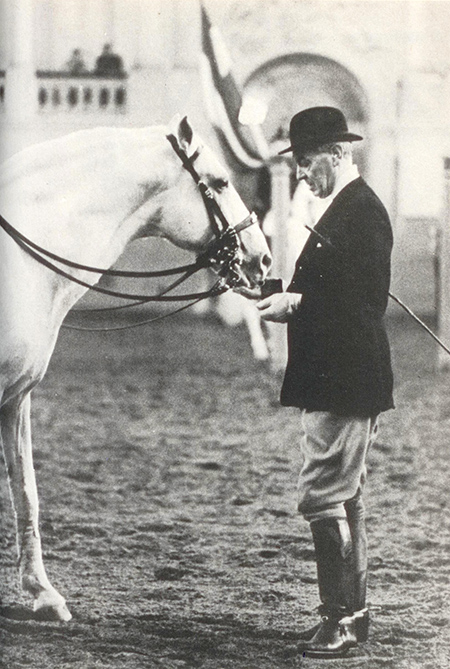
“Speed at the cost of quality is always wrong, not only in riding. When the famous New York City Ballet performed in Vienna I asked the ballet master George Balanchine whether he would take the so-called modern conception into consideration when training his dancers and shorten the time of their education. Excitedly Balanchine jumped off his seat and exclaimed: ‘How could I? The human body is still the same as always. The old schools of ballet demanded a certain amount of time and they were right. Did they not achieve perfection and have they not been our ideals for hundreds of years? Why should we change?’ It is exactly the same with equitation if it pretends to be an art.”
– A. Podhajsky
